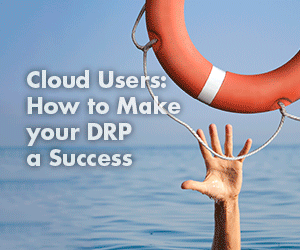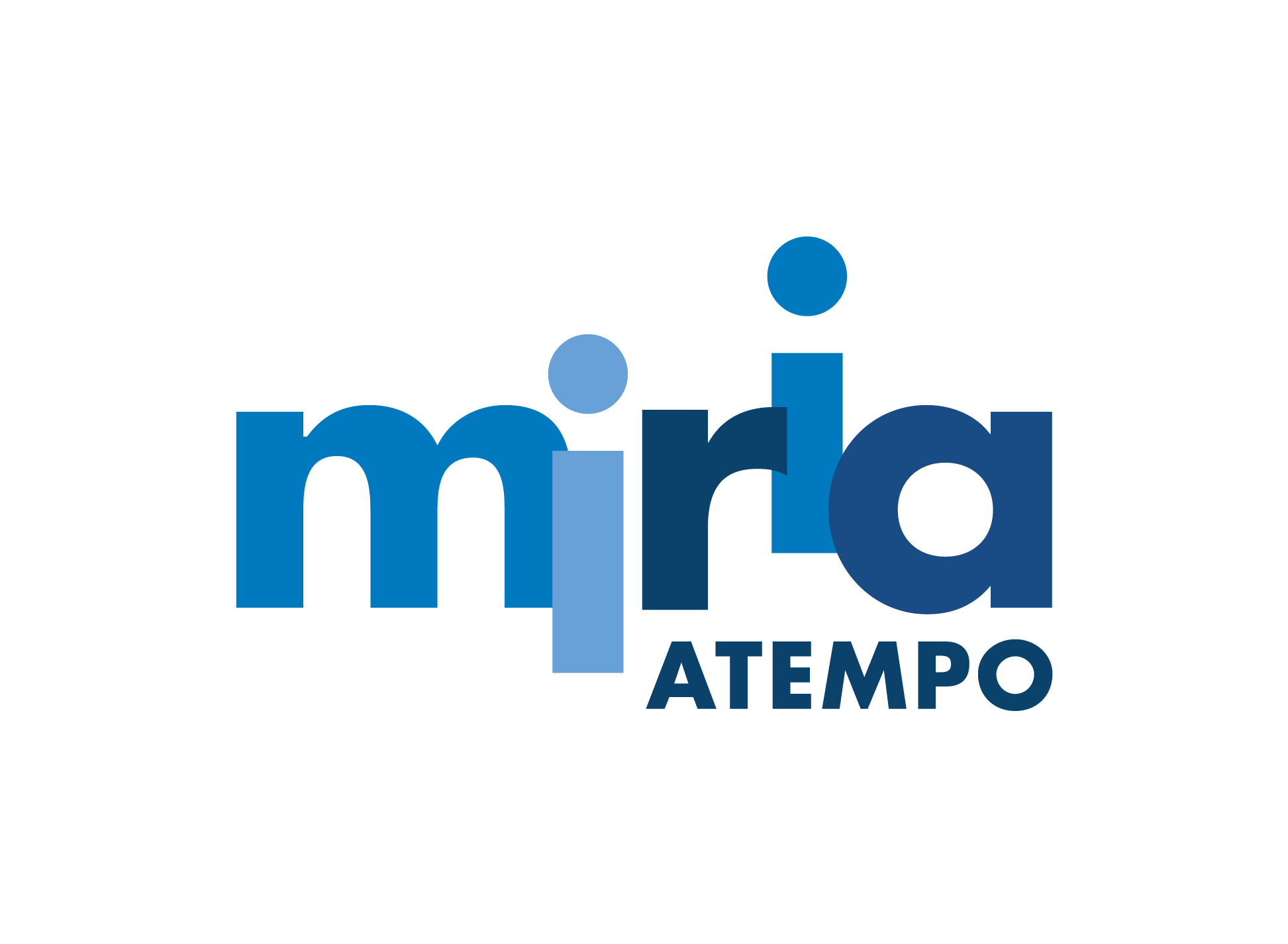
One in three businesses worldwide has experienced irreversible data loss.
Unpredictable events affect businesses and cloud providers alike. In the event of a disaster, the consequences could be significant for your organization: reputational risk, loss of confidence of your partners and customers, drop in your business, etc. Cloud technology has many advantages that should not hide the fact that you remain ultimately responsible for your own data served and stored by a cloud service (SaaS, PaaS, or IaaS).
Why it is so important not to rely wholly on your cloud providers? What should we understand about the concept of shared responsibility in the “as a Service” model? What are best practices to protect and retrieve your data when disaster strikes?
***
BEWARE THE "BLACK SWANS"
Popularized by the statistician and essayist Nassim Nicholas Tayeb, the term “black swans” refers to low probability events, impossible to predict with devastating consequences. This is the case with human errors, hardware failures, natural disasters, malicious acts. The case of cyberattacks is interesting: they are no longer categorized as “black swans” because of their increased probability. Recent headlines remind us that no business or cloud provider is safe from disaster.
***
THE PRINCIPLE OF SHARED RESPONSIBILITY: AN ILLUSION ?
To help you apprehend as best as possible these “black swans” and avoid surprises when implementing a delegation in the cloud, here is what you need to understand.
In the “as a Service” model, all or part of your IT infrastructure is entrusted to your service provider. But whatever form of delegation your company chooses, SaaS, PaaS or IaaS, and despite the notion of shared responsibility, data protection is always under your responsibility. While cloud providers ensure cloud infrastructure security, you are solely responsible for the security and compliance of your data in the cloud.
***
how to PROTECT YOUR DATA IN THE CLOUD ?
To protect your most valuable and strategic assets, don’t put all your eggs in one basket. There are a number of good practices to protect you from disaster and help maintain business continuity when a disaster strikes.
- Read meticulously all of your contracts related to the outsourcing of your data. The responsibility of each party is mentioned;
- Apply the 3-2-1-1 backup strategy. You should have 3 copies of your data on two different media with one copy off-site and one copy offline (“Air Gap” principle);
- Develop a DRP (Disaster Recovery Plan) which is as complete as possible to recover your data and restore your infrastructure after a disaster.
So remember that your data is your most valuable asset. And keep in mind that the cloud is just a fallible technology made of remote machines that offer a specific service. Choosing data protection and disaster recovery solutions remain the most efficient way to protect your IT infrastructure and your company in the event of a disaster. Find how to make your DRP a success by clicking here!
***
Learn more in this blog post:


